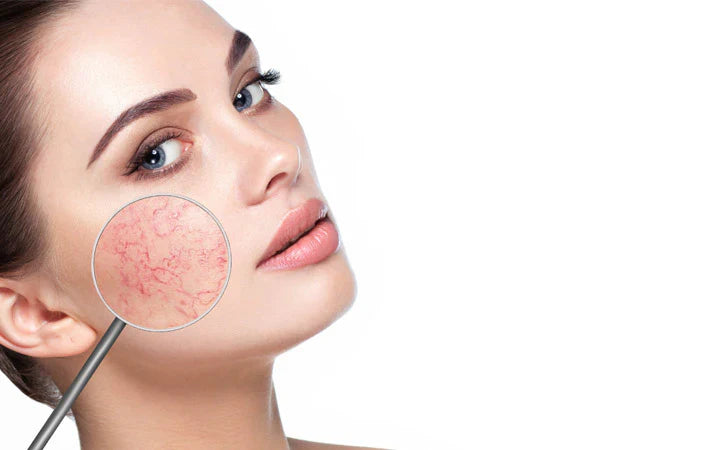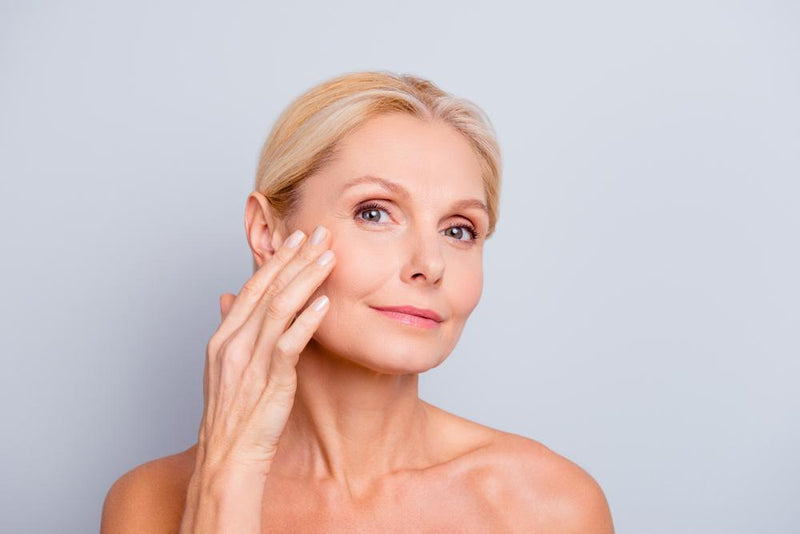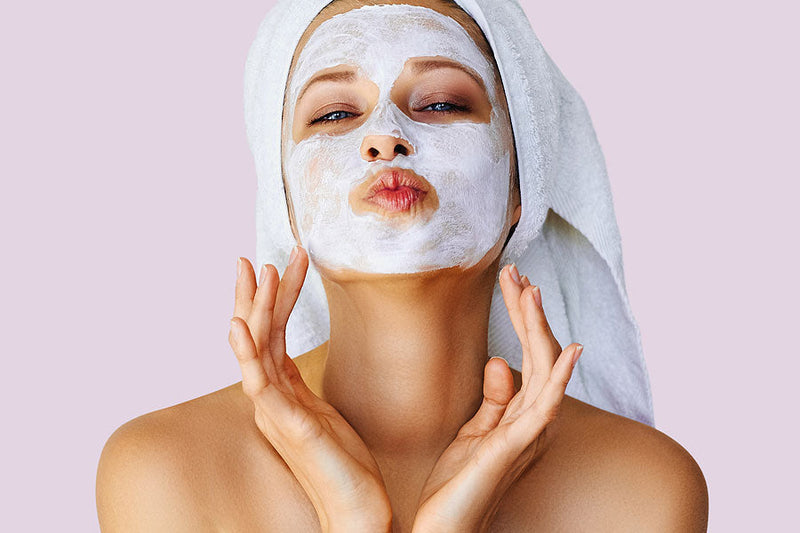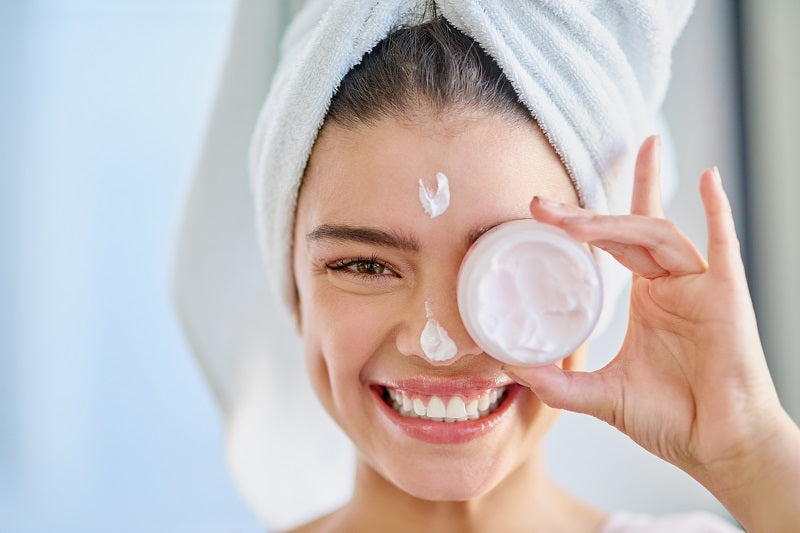

Beyond SPF: The Hidden Role of Antioxidants in Daily Sun Protection
For decades, we've been taught that sunscreen with a high SPF is the gold standard for sun protection. While SPF (Sun Protection Factor) remains crucial for blocking UVB rays that cause sunburn, it's only half the story when it comes to comprehensive sun defense. The missing piece? Antioxidants. These powerful compounds work synergistically with traditional sunscreens to provide a more robust shield against the full spectrum of solar damage, including the insidious effects of free radicals and oxidative stress that SPF alone cannot address.
The reality is that even the most diligent sunscreen users may still experience skin damage from sun exposure. This is because SPF primarily measures protection against UVB radiation, while UVA rays—which penetrate deeper into the skin and contribute significantly to premature aging and skin cancer—require different defensive strategies. This is where antioxidants in sun protection become essential players in your daily skincare routine.
Understanding the Limitations of SPF Alone
SPF ratings indicate how well a sunscreen protects against UVB rays, which are responsible for sunburn and direct DNA damage. However, SPF doesn't tell the complete story about protection against UVA radiation, which accounts for up to 95% of UV radiation reaching the Earth's surface. UVA rays penetrate deeper into the dermis, causing indirect DNA damage through the generation of free radicals and reactive oxygen species (ROS).
Even broad-spectrum sunscreens that claim protection against both UVA and UVB rays have limitations. No sunscreen blocks 100% of UV radiation, and factors like improper application, sweating, swimming, and natural degradation over time can significantly reduce effectiveness. Moreover, sunscreens primarily work by either absorbing UV radiation (chemical filters) or reflecting it (physical/mineral filters), but they don't address the cascade of oxidative damage that occurs even with adequate UV filtering.
The Science Behind Antioxidants and Sun Protection
Antioxidants are molecules that neutralize free radicals—unstable atoms that can damage cells, cause illness, and accelerate aging. When UV radiation hits the skin, it generates free radicals that attack cellular structures, including DNA, proteins, and lipids. This oxidative stress is a primary driver of photoaging (premature skin aging caused by sun exposure) and can contribute to skin cancer development.
By incorporating antioxidants into daily sun protection routines, you create a multi-layered defense system. While sunscreen acts as the first line of defense by filtering UV radiation, antioxidants work internally to neutralize the free radicals that inevitably penetrate through sunscreen or are generated by other environmental stressors like pollution and blue light from digital screens.
Key Benefits of Antioxidants in Sun Protection:
- Enhanced UV Protection: Antioxidants boost the effectiveness of sunscreens by providing additional defense against UV-induced damage
- Reduced Inflammation: Many antioxidants have anti-inflammatory properties that help calm skin after sun exposure
- Prevention of Photoaging: Antioxidants help prevent collagen breakdown and maintain skin elasticity
- DNA Protection: Certain antioxidants can help repair DNA damage caused by UV radiation
- Synergistic Effects: When combined with sunscreen, antioxidants provide superior protection compared to either approach alone
Top Antioxidants for Superior Sun Defense
Not all antioxidants are created equal when it comes to sun protection. Research has identified several key compounds that demonstrate exceptional efficacy in neutralizing free radicals and enhancing overall skin defense:
Vitamin C (L-ascorbic acid)
Vitamin C is perhaps the most well-researched antioxidant for skin health. It neutralizes free radicals, boosts collagen production, and can actually enhance the photoprotective effects of sunscreens. Studies show that combining vitamin C with vitamin E provides even greater protection against UV damage than either antioxidant alone.
Vitamin E (tocopherol)
Vitamin E works synergistically with vitamin C and is particularly effective at protecting cell membranes from oxidative damage. It also helps stabilize vitamin C, extending its effectiveness in skincare formulations.
Ferulic Acid
Ferulic acid is a plant-based antioxidant that stabilizes both vitamins C and E while providing its own photoprotective benefits. The combination of vitamins C and E with ferulic acid has been shown to provide up to eight times the photoprotection of either antioxidant alone.
Niacinamide (Vitamin B3)
Niacinamide offers multiple benefits for sun-damaged skin, including reducing inflammation, improving skin barrier function, and helping to repair DNA damage. It's particularly effective for addressing hyperpigmentation and uneven skin tone caused by sun exposure.
Resveratrol
Found in grapes and red wine, resveratrol is a potent antioxidant that has been shown to protect against UV-induced oxidative stress and may help prevent skin cancer development.
Green Tea Extract (EGCG)
Epigallocatechin gallate (EGCG), the primary antioxidant in green tea, has demonstrated significant anti-inflammatory and photoprotective properties in numerous studies.
How to Incorporate Antioxidants into Your Daily Sun Protection Routine
Integrating antioxidants into daily sun protection doesn't require a complete overhaul of your skincare routine. Here's a practical approach to maximizing your skin's defense against solar damage:
Morning Antioxidant Serum
Apply a vitamin C serum or antioxidant-rich formula to clean, dry skin every morning before moisturizer and sunscreen. This creates a protective antioxidant layer that works throughout the day to neutralize free radicals.
Antioxidant-Infused Sunscreen
Many modern sunscreens now include antioxidants in their formulations. Look for products that combine broad-spectrum SPF protection with ingredients like vitamin C, vitamin E, or niacinamide for enhanced defense.
Reapplication Strategy
While traditional sunscreen needs reapplication every two hours during sun exposure, antioxidant protection can last longer. However, using antioxidant-rich products during reapplication can provide additional benefits, especially if you're spending extended time outdoors.
Evening Repair
Don't neglect nighttime antioxidant use. Evening is when your skin undergoes repair processes, and antioxidants can support this natural regeneration while protecting against residual oxidative stress from the day.
Pro Tips for Maximum Antioxidant Effectiveness:
- Stability Matters: Choose antioxidant products in opaque, air-tight packaging to prevent degradation
- Concentration Counts: Look for vitamin C concentrations between 10-20% for optimal effectiveness
- Layer Wisely: Apply antioxidants before sunscreen, not mixed together, to maintain stability
- Consistency is Key: Daily use provides cumulative protective benefits
- Complement, Don't Replace: Antioxidants enhance but never replace the need for proper sunscreen use
The Synergistic Power of SPF + Antioxidants
Research consistently demonstrates that the combination of SPF and antioxidants provides significantly better protection than either approach alone. A landmark study published in the Journal of Investigative Dermatology found that the combination of vitamins C and E reduced sunburn cell formation by 40-50% compared to sunscreen alone. Another study showed that this combination could increase the minimal erythema dose (the amount of UV radiation needed to cause sunburn) by four-fold.
This synergistic effect occurs because antioxidants address the oxidative damage that sunscreen cannot prevent entirely. Even with perfect sunscreen application, some UV radiation penetrates the skin and generates free radicals. Antioxidants neutralize these free radicals before they can cause cellular damage, effectively extending and enhancing the protective capabilities of your sunscreen.
Furthermore, antioxidants can help mitigate the potential negative effects of some chemical sunscreen ingredients. Certain UV filters can generate free radicals themselves when exposed to sunlight, and antioxidants help neutralize these as well, creating a safer, more comprehensive protection system.
Addressing Common Misconceptions
Despite the overwhelming scientific evidence supporting the use of antioxidants in sun protection, several misconceptions persist:
"Antioxidants Replace the Need for Sunscreen"
This is categorically false. Antioxidants complement sunscreen but cannot replace it. Sunscreen provides essential physical or chemical barriers against UV radiation that antioxidants alone cannot replicate.
"All Antioxidants Are Equally Effective"
Different antioxidants have varying levels of stability, penetration ability, and specific protective mechanisms. Vitamin C, vitamin E, and ferulic acid have the most robust scientific backing for photoprotection.
"Natural Antioxidants Are Always Better"
While plant-derived antioxidants can be effective, their stability and concentration in skincare products vary widely. Scientifically formulated antioxidant serums often provide more reliable and consistent results.
"Antioxidants Work Immediately"
While some antioxidant benefits are immediate (free radical neutralization), others like collagen stimulation and DNA repair require consistent, long-term use to become apparent.
Conclusion: Elevating Your Sun Protection Strategy
The future of daily sun protection lies in comprehensive, multi-faceted approaches that address all aspects of solar damage. While SPF remains the cornerstone of sun defense, incorporating antioxidants into your skincare routine represents a significant advancement in protecting your skin from both immediate and long-term damage.
By understanding that sun protection involves more than just preventing sunburn, you can make more informed choices about your skincare products and routines. The combination of broad-spectrum sunscreen with potent antioxidants creates a synergistic defense system that addresses UV radiation, free radical damage, inflammation, and cellular repair simultaneously.
As research continues to uncover the complex mechanisms of skin damage and protection, one thing remains clear: optimal skin defense antioxidants require a layered approach. Start your day with a vitamin C serum, follow with a broad-spectrum sunscreen containing additional antioxidants, and maintain consistent use for the best possible protection against photoaging, hyperpigmentation, and skin cancer risk.
Remember, effective sun protection isn't just about what you apply—it's about understanding how different protective mechanisms work together to keep your skin healthy, resilient, and youthful for years to come. The era of SPF-only protection is over; embrace the power of antioxidants and elevate your sun protection strategy to new heights.


















